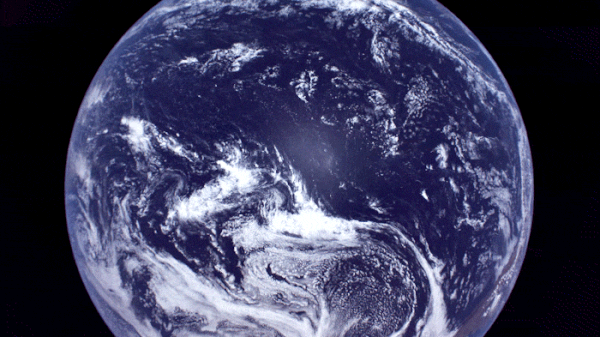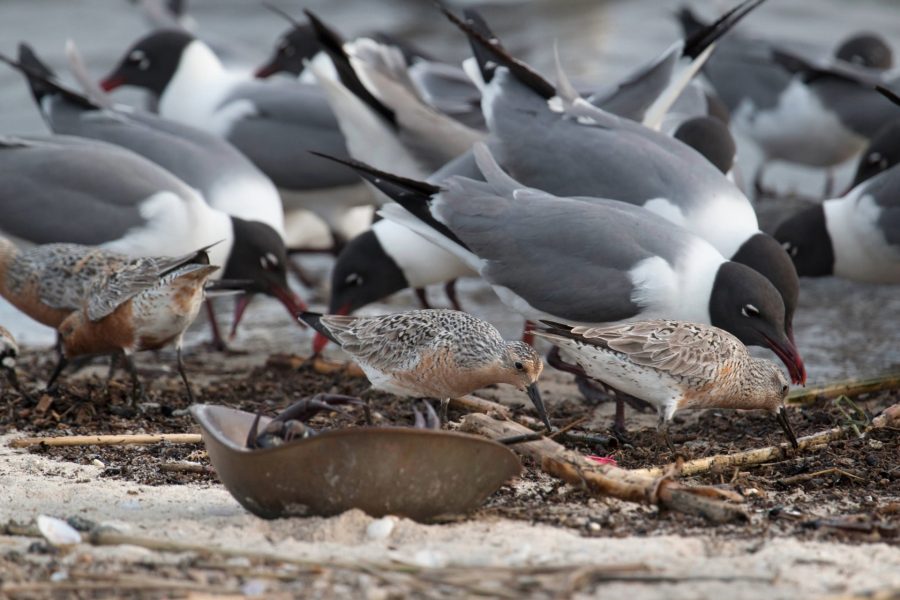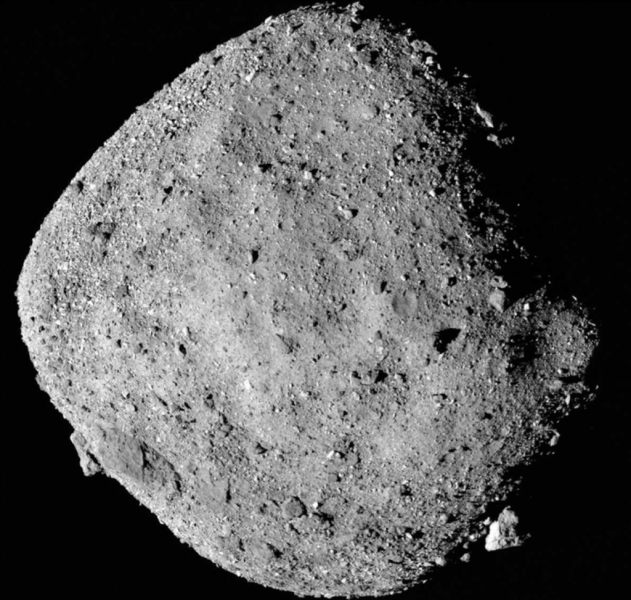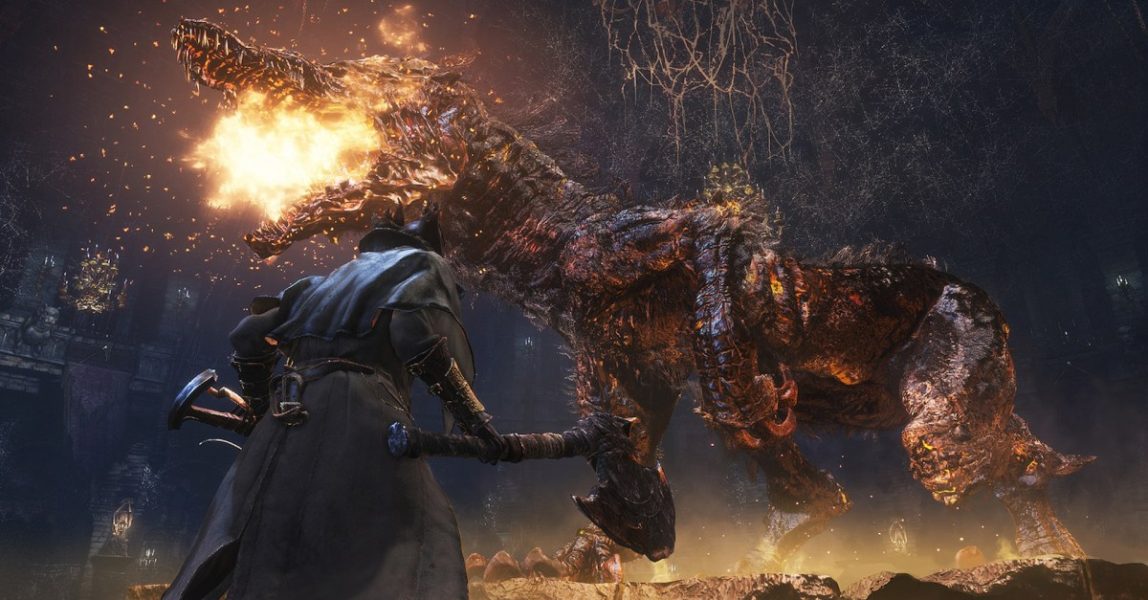Japan’s Resilience moon lander views Earth’s most remote region from orbit (photo) – Space.com

“Looking back at Earth… poignantly capturing Point Nemo, the most remote place on our planet.”
When you purchase through links on our site, we may earn an affiliate commission. Here’s how it works.
The second lunar lander from Japanese space exploration company ispace snapped a stunning image of the Earth as it prepares for its journey to the moon.ispace’s Resilience lander launched on Jan. 15 atop a SpaceX Falcon 9 rocket, sharing the ride with Firefly Aerospace’s Blue Ghost lander. Resilience is still in orbit around the Earth and is gradually raising its orbit ready to shoot for the moon. The lander’s energy-efficient path will see Resilience attempt to set down in Mare Frigoris (“Sea of Cold”) in the northern hemisphere of the moon in around four months from now.In an update on Jan. 29, ispace said Resilience is in excellent health and continuing its journey in Earth orbit. What’s more, the spacecraft has returned a stark image of our home planet from a unique perspective, showing the most remote area of the Earth.”Resilience knows what it means to be alone in the vastness of space,” an ispace post on social media X stated. “Looking back at Earth on Jan. 25, 2025, the lander was about 10,000km [6,000 miles] from our Blue Marble, poignantly capturing Point Nemo, the most remote place on our planet, about 2,688 kilometers [1,670 miles] from the nearest land.”The RESILIENCE lander remains in excellent health as it continues to orbit Earth in its planned trajectory towards the Moon!RESILIENCE knows what it means to be alone in the vastness of space. Looking back at Earth on Jan. 25, 2025, the lander was about 10,000km from our Blue… pic.twitter.com/ruexjmUDoTJanuary 29, 2025Point Nemo is a remote part of the Pacific Ocean 1,450 nautical miles (2,685 kilometers) from the nearest land (which is Ducie Island in the Pitcairn Islands chain). It is located within the South Pacific Oceanic Uninhabited Area, which has been referred to as “the oceanic pole of inaccessibility.” Because of that remoteness, the region is where spacecraft aim for when they are deorbited. The International Space Station, for ecample, will be deorbited over the area when it meets its fiery end in the next decade.Resilience is based on ispace’s Hakuto-R solar-powered lander platform. It is similar to the first lander which made a failed landing attempt in April 2023, but features upgraded software to overcome sensor issues. It carries a range of commercial and science payloads, as well as a microrover, named Tenacious. The compact 11 pounds (5 kilograms) mobile spacecraft will collect samples with a small shovel and analyze these with an imaging camera.While Resilience and Blue Ghost are in orbit and preparing to leave for the moon, another lunar lander — Intuitive Machines’ IM-2, or Athena — recently arrived at Cape Canaveral to loaded atop of a SpaceX Falcon 9 rocket, ready for a launch window opening no earlier than Feb. 26.Breaking space news, the latest updates on rocket launches, skywatching events and more! — What’s next for the 2 private landers SpaceX just launched toward the moon? — SpaceX launches 2 private lunar landers to the moon (video, photos) — What’s flying to the moon on ispace’s Resilience lunar lander?Resilience itself will also take onboard lessons from ispace’s first lunar landing attempt, which crashed into the moon in April 2023, due to an onboard altitude sensor being confused by the rim of a craterThe company is also building a larger lander, named Apex 1.0. Its first outing will be ispace’s Mission 3, expected to launch around 2026.Join our Space Forums to keep talking space on the latest missions, night sky and more! And if you have a news tip, correction or comment, let us know at: community@space.com.Andrew is a freelance space journalist with a focus on reporting on China’s rapidly growing space sector. He began writing for Space.com in 2019 and writes for SpaceNews, IEEE Spectrum, National Geographic, Sky & Telescope, New Scientist and others. Andrew first caught the space bug when, as a youngster, he saw Voyager images of other worlds in our solar system for the first time. Away from space, Andrew enjoys trail running in the forests of Finland. You can follow him on Twitter @AJ_FI.SpaceX Falcon 9 launches next-gen SpainSat NG-1 satellite into orbit (video)Firefly Aerospace’s Blue Ghost lunar lander snaps its 1st photos of the moon (images)NASA’s new SPHEREx space telescope to launch in February — it can do what the JWST can’t
Space is part of Future US Inc, an international media group and leading digital publisher. Visit our corporate site.
©
Future US, Inc. Full 7th Floor, 130 West 42nd Street,
New York,
NY 10036.






